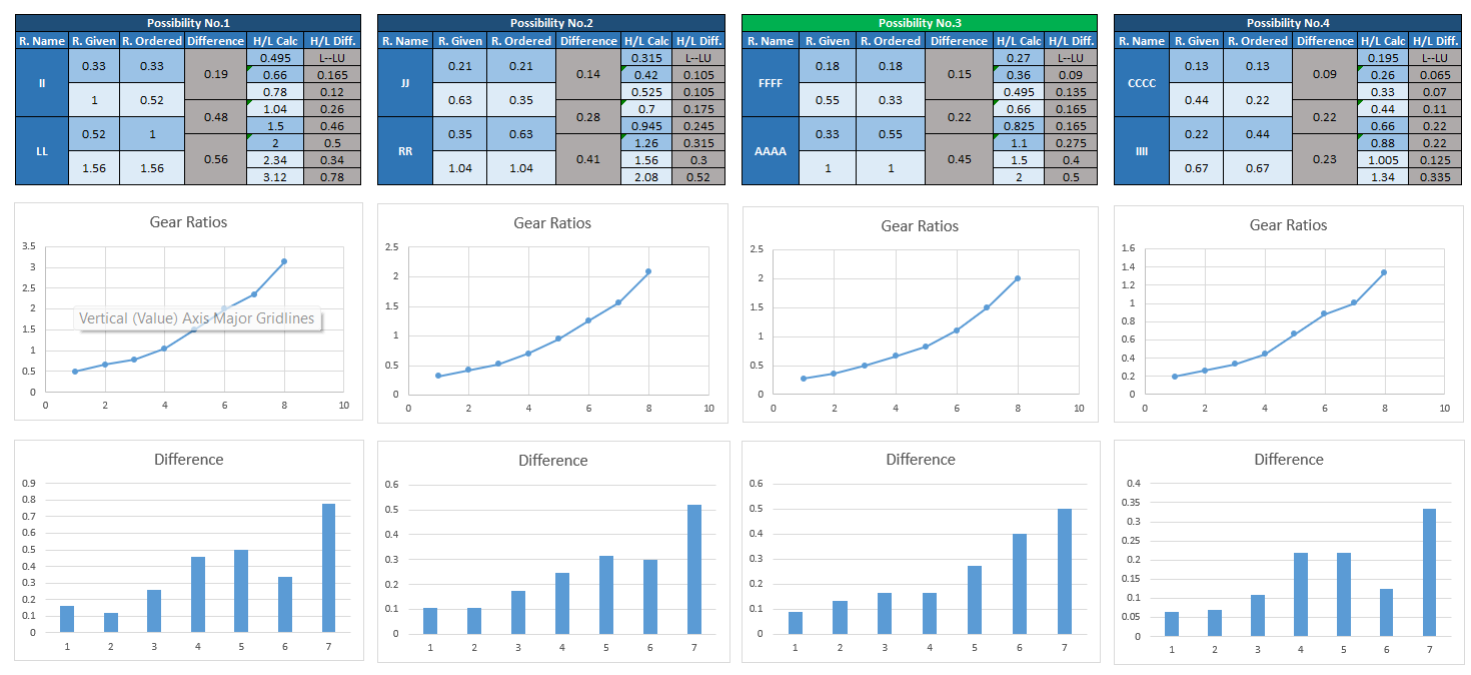Problem Solving in Design
Written by Matt Needham
Over the past Christmas break, spring break, and this upcoming summer, I have taken it on
myself to design the most complicated Lego Technic car that’s ever been designed. So far, I have
spent roughly twelve hours on the front suspension, rear axle, and engine, and about twenty hours
on the gearbox, getting the proper gear ratios while maintaining a small footprint and a slim profile.
While I could show off the fun work that I have done with gear spacing and length (see Figure 1),
I would like to address problem solving in areas of design.
As never having been a design engineer by trade, and still have much to learn, I have found
that I work best by throwing myself at a problem and not quitting until I have reached my set goal
of “perfection.” This usually shows itself in me sitting in the same chair for hours on end, days in
a row, creating different variations of the same exact thing until it meets my standards. The rear
axle is on its ninth iteration and only now does it have every feature I desired. I submit that when
tasked with a set of standards to meet in design, one does not shirk from completely nixing his
current design and allowing a whole new set of ideas form at his fingertips, without allowing any
vestige of carry over to occur. I have done this more and more as my personal projects and goals
have taken on more serious and daunting forms and have found results from the constant overturn
of bad ideas into new, better ones.
Yes, it is scary ditching a design with plans to never go back, but it does get progressively
easier to do so. Making the mental shift and not allowing previous nonfunctional ideas to influence
the current model has yielded great results in my personal projects and I can only assume would
work on any.
Figure 1: Inverse gear ratios for my 8-speed sequential gearbox (a four speed slaved to a H/L).

